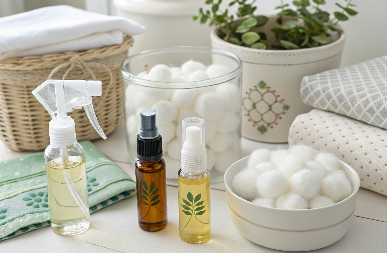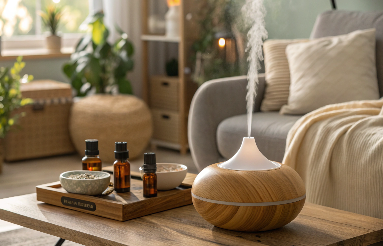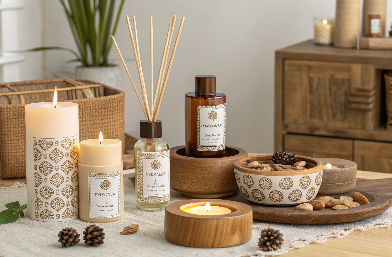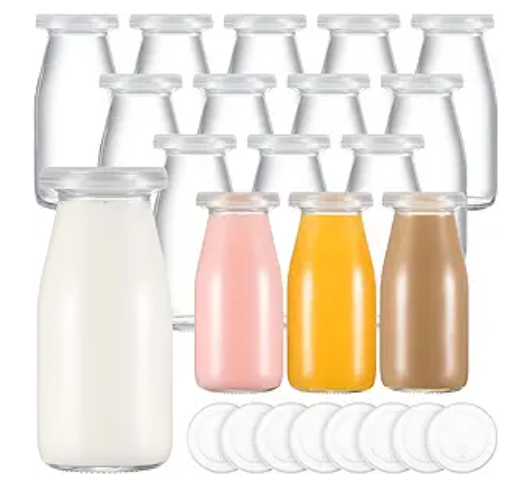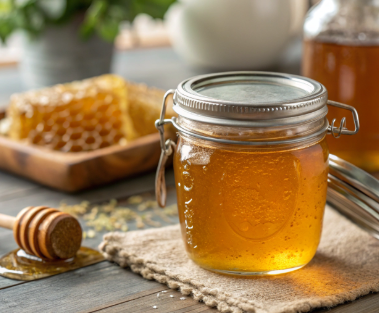No one wants a home that just smells “clean”—we want it to feel like a sanctuary.
To make your house smell good with essential oils, diffuse balanced scent blends, apply oils to porous materials like wood or fabric, and use natural sprays in high-traffic areas.
Essential oils offer a powerful, natural way to transform your space. Whether you’re selling a home fragrance line, designing an aromatherapy gift box, or just want a more inviting living room, understanding how to build long-lasting scent presence is key. Let’s explore techniques, blends, and secrets to scenting every corner of your home beautifully—and safely.
How to make your house smell nice with essential oils?
The secret isn’t more oil—it’s strategic placement and thoughtful blending.
To make your house smell nice with essential oils, diffuse curated blends, refresh fabrics with EO sprays, and use passive scenting methods like cotton balls, reed diffusers, or wood blocks.
Dive Deeper: Scent Strategies by Space
| Area | Method | Ideal Oils |
|---|---|---|
| Living Room | Ultrasonic diffuser | Lavender, bergamot, frankincense |
| Bathroom | Reed diffuser, cotton ball | Peppermint, tea tree, lemon |
| Bedroom | Pillow spray, cloth sachet | Chamomile, cedarwood, ylang ylang |
| Kitchen | Simmer pot, spray bottle | Lemon, rosemary, orange |
| Entryway | Diffuser or mist near door | Eucalyptus, lemongrass, grapefruit |
At PauPack, we help brands create full scenting systems with prefilled diffuser blends, travel sprays, and sample kits designed to suit different parts of the home. With the right packaging, your customers don’t just buy fragrance—they buy a lifestyle.
How can I make my house smell nice all the time?
Consistency is king. No scent should fade before the guests arrive.
To keep your house smelling nice all the time, combine long-release scenting methods (like reed diffusers) with daily refreshers (sprays or diffusers) and reapply essential oils to key absorbent surfaces.
Dive Deeper: Layering Methods for Lasting Scent
1. Long-Term Base Scent
-
Use reed diffusers or aroma stones in each main room
-
Apply essential oils to porous surfaces (e.g., wood décor, pine cones)
2. Daily Refresh Spray
-
Mix 15 drops EO + 30ml water + 5ml alcohol
-
Use on throw pillows, curtains, rugs (spot test first)
3. Weekly Deep Refresh
-
Add oils to mop water (10 drops of lemon or lavender)
-
Simmer citrus peels + herbs + EO on the stove
4. Passive Boosters
-
Cotton balls under trash lids
-
EO on vacuum filters
-
Cedar blocks in drawers
At PauPack, we supply glass spray bottles and refillable reed kits in multiple volumes—perfect for sustainable home fragrance routines. Our clients love our bulk essential oil options paired with beautifully branded packaging for long-term use.
What holds essential oil smell longest?
Some materials are scent magnets—others lose aroma fast.
Porous natural materials like wood, clay, and fabric hold essential oil scent the longest, especially when combined with oils that have strong base notes.
Dive Deeper: Materials That Lock in Fragrance
| Material | Scent Retention | Best Used In |
|---|---|---|
| Wood (cedar, pine) | Excellent | Closet fresheners, diffusers |
| Clay/terracotta | Very good | Passive diffusers, hanging ornaments |
| Wool/fabric | Good | Pillows, dryer balls, sachets |
| Baking soda | Moderate | Deodorizers, fridge jars |
| Glass/plastic | Minimal | Sprays (short-term diffusion only) |
Oils That Last Longest
| Note Type | Oils | Why They Last |
|---|---|---|
| Base Notes | Patchouli, vetiver, sandalwood | Evaporate slowly |
| Middle Notes | Lavender, rosemary, clary sage | Moderate longevity |
| Top Notes | Lemon, peppermint, bergamot | Fade fastest |
To extend life, use 30/50/20 blending and pair materials strategically with oil types. At PauPack, we work with brands to combine scent science with design—offering customizable terracotta diffusers, wood accessories, and roller bottles that extend aroma impact naturally.
What is the 30 50 20 rule for essential oils?
Balance isn’t just for skincare—it’s how you make scents that last.
The 30/50/20 rule helps you create well-rounded essential oil blends: 30% top notes, 50% middle notes, and 20% base notes for a full-bodied aroma experience.
Dive Deeper: Applying the Rule in Home Fragrance
| Note Type | Oils | Purpose | Example |
|---|---|---|---|
| Top (30%) | Lemon, mint, grapefruit | Sharp opening burst | 3 drops |
| Middle (50%) | Lavender, rosemary, geranium | Aromatic heart | 5 drops |
| Base (20%) | Frankincense, cedarwood, patchouli | Anchoring longevity | 2 drops |
Try it in a 100ml diffuser blend:
-
3 drops peppermint (top)
-
5 drops lavender (middle)
-
2 drops vetiver (base)
This balance ensures your scent isn’t overpowering up front and doesn’t fade in an hour. It’s a formula we apply frequently when designing blends for PauPack clients who need retail-ready essential oil kits and diffuser refill lines.
Conclusion
Making your home smell good with essential oils is all about strategic scent layering, using the right materials, and crafting well-balanced blends with the 30/50/20 rule. With a mix of diffusers, sprays, and passive methods, you can transform every room into a natural, personalized oasis of wellness and warmth.



